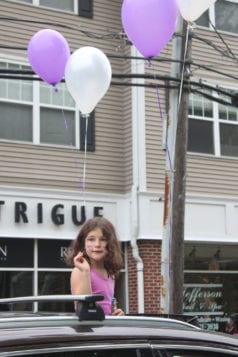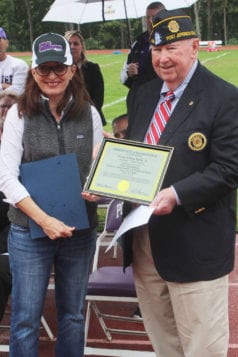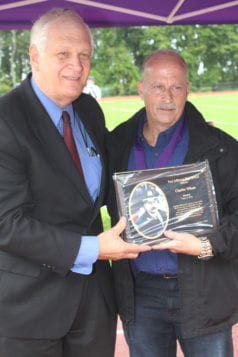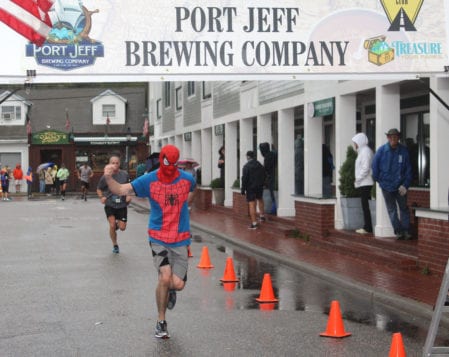By Victoria Espinoza
The New York State Education Department wants teachers and parents to weigh in on changes to Common Core State Standards, and voices are already criticizing the proposals.
The department released a draft of new learning standards for public comment at the end of last month, which included recommendations to change 60 percent of the English language arts standards and 55 percent of the math standards for New York state.
“The overriding opinion is that it’s more of the same. They didn’t really make any substantive changes. These are more revised phrasing and language. They’re attached at the hip to the original standards.”
—Joe Rella
The recommendations came from two committees comprised of more than 130 parents and teachers and included creating a new early learning task force and a glossary of math verbs and English terms.
Middle Country Central School District Superintendent Roberta A. Gerold said teachers in the district will be reviewing the changes and submitting their commentary made throughout the month of October.
“I think that it’s good that state education is asking for teacher’s perspectives and comments on whether or not the revisions are appropriate,” Gerold said. “It says to me that they’re not finished with their revisions, because there are still adjustments that need to be made. Some of them were simple language changes, but I think there’s still more solid work that needs to be done.”
The NYS Allies for Public Education applauded the committee’s efforts but said due to the confining nature of the state education department the results are not substantive content changes.
“The result of their efforts is essentially just a rebranding of the Common Core,” the group said in a statement.
Comsewogue school district Superintendent Joe Rella echoed those sentiments.
“The overriding opinion is that it’s more of the same,” he said in a phone interview. “They didn’t really make any substantive changes. These are more revised phrasing and language. They’re attached at the hip to the original standards.”
He also said the department should have looked at the use of standards themselves.
“It was not meant to do anything but review the current standards,” Rella said. “They never got into the bigger picture, which is the appropriateness of the standards.” The superintendent said he is not anticipating anything different this school year because of the proposed modifications.
Jim Polansky, superintendent at Huntington school district, also questioned how effective these changes would be to districts.
“The truth is that the large majority of those changes are immaterial,” he said in an email. “There is still a chance that additional modifications to the new draft standards will be made following the comment period; however, I don’t anticipate that any further changes will be particularly significant either. I do not necessarily believe that the new set will be drastically different from the current Common Core.”
NYS Education Department Commissioner MaryEllen Elia said committee members spent a year listening to public comment before drafting new standards.
“Dedicated teachers, parents and educators from across the state put in countless hours to develop these new draft standards,” Elia said in a statement. “Teachers will be able to use these standards as a basis for developing their curricula and lesson plans to meet the needs of students in their classrooms. These changes reflect what I have heard from parents, teachers and administrators over the past year in my travels across the state.”
For the ELA changes, five subcommittee groups based on grade levels reviewed the original standards to see if they met the criteria for what a student should know and be able to perform at their grade level, and recommended new areas to improve standards.
Specific changes include more focus on students in prekindergarten to second grade, with an early learning task force that discusses issues for younger learners, teaching from a wider variety of texts, and developing clear communication with parents so they understand the curriculum and assignments their children are given.
Math changes include creating a glossary of verbs associated with mathematics, maintaining the rigor of standards so students are aware of what is expected of them at every grade level and providing more time for students to understand mathematics content.
Smithtown Superintendent James Grossane said his district intends to give a thorough response to the state on the changes.
“Some of the new standards reflect changes that we had already made in our local curriculum and instruction based on our own teacher and administrator input,” he said in an email. “We are providing detailed feedback to the NY State Education Department on the revised standards and will await final adoption before making any additional local changes.”
Gerold also said the reactions from the public are an important part of the process.
“I know that there’s some debate going around the state whether the changes were deep enough or developmentally appropriate,” she said. “I think all of that information will be more valid once the feedback is received from all of the stakeholders.”
To review the new English standards in more detail visit the website www.nysed.gov/draft-standards-english-language-arts, and for math standards see www.nysed.gov/draft-standards-mathematics. The public can also comment on the changes by completing a grade-level specific survey.
The public comment period ends Nov. 4.










































